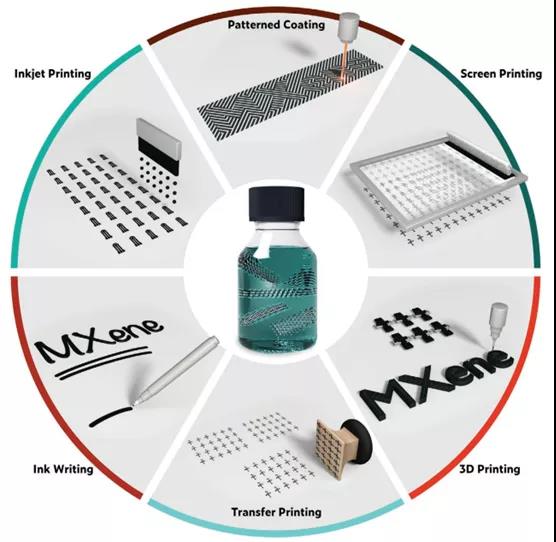AM Roundup: Application of Printed MXene Devices
QQ Academic Group: 1092348845
Detailed
【Research Background】
As a rising star in the 2D nanomaterials family, MXenes, which are transition metal carbides, nitrides and carbonitrides, exhibit outstanding electrochemical, electronic, optical and mechanical properties. It has been widely used in many fields, such as energy storage, electronics, optoelectronics, biomedicine, sensors and catalysis. Compared with other two-dimensional materials, MXenes has some unique advantages, such as high metal conductivity, excellent dispersibility, surface electronegativity, and hydrophilicity, making it very suitable as an ink for printing applications. Recently, Professor Husam N. Alshareef of King Abdullah University of Science and Technology in Saudi Arabia published a review article titled MXene Printing and Patterned Coating for Device Applications in the international top academic journal Advanced Materials . This review systematically summarizes MXenes ’ Methods and applications in different fields, and prospects for the future development of graphical MXenes.
【Graphic introduction】
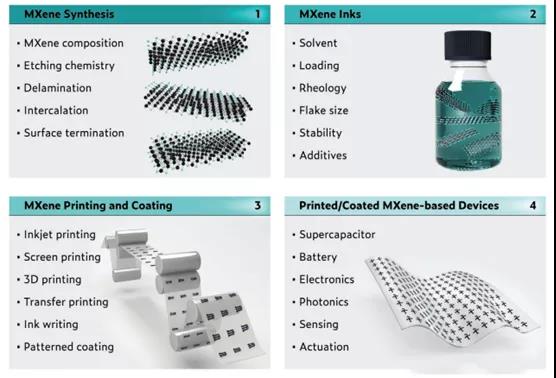
Figure 1. Key factors for printing / coating MXene devices.
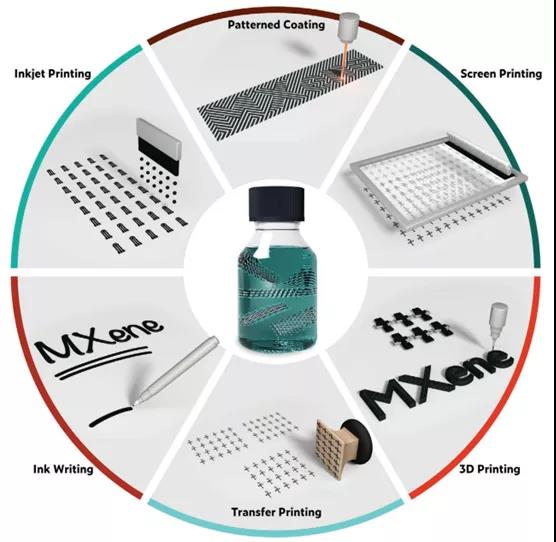
Figure 2. The main factor-based coating technique for preparing imaged MXene films.
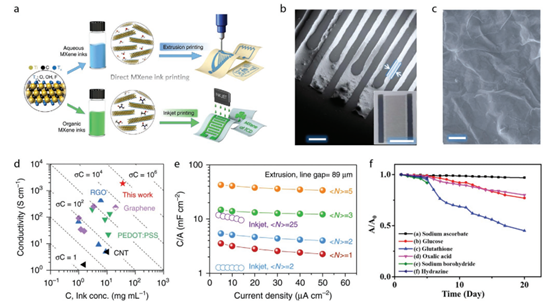
Figure 3. Schematic of inkjet and extrudable MXene inks.
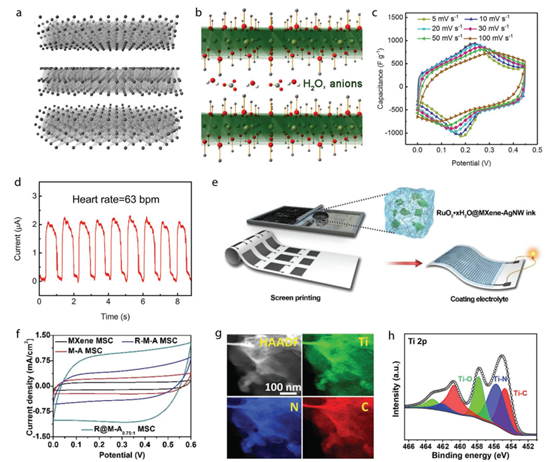
Figure 4. Schematic diagram of Ti 3 C 2 T x and Co-Al-LDH structure and CV image. Schematic diagram of the preparation of flexible miniature supercapacitors by screen printing process.
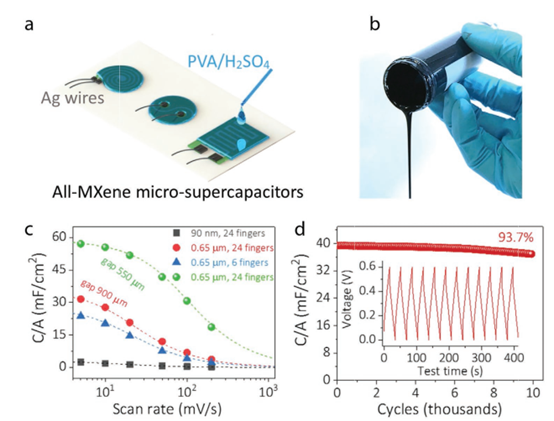
Figure 5. Schematic diagram of the MXene supercapacitor printed on the stamp.
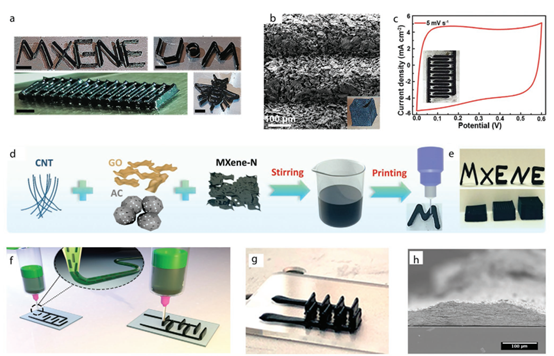
Figure 6. MXene with 3D printed structure.
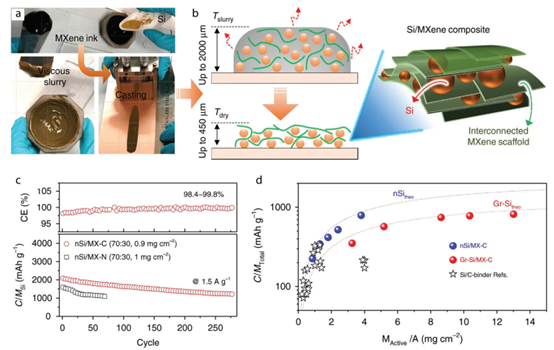
Figure 7. Si / MXene composite electrode.
Figure 8. Graphical MXene nanopillar array.
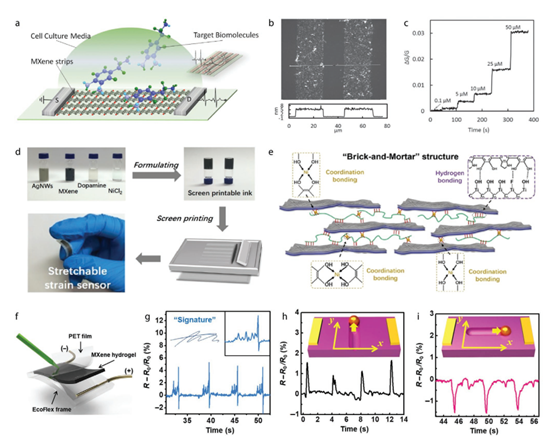
Figure 9. Transfer printing strategy for preparing MXene on glass. Schematic diagram of the screen printing process of biologically inspired Ti 3 C 2 T x -Ag-PDA / Ni + sensor. Signature sensing of MXene hydrogel.
【Summary and Outlook】
This paper summarizes the research progress of the application of simple graphical MXene in the fields of energy storage, electronics, optoelectronics, sensing, etc. At the same time, the corresponding printing / coating methods and key technologies in the preparation process are also discussed. In recent years, the number of graphical MXene research papers has increased exponentially mainly due to the following two points: 1) In the past few years, the treatment of MXene and its dispersions, as well as the stability and micro-morphology research have become more In-depth; 2) There is a strong demand for high-volume, repeatable and cost-effective MXene production to improve device performance to promote commercialization prospects. At this early stage of development, only a few printing and coating methods are used to deposit and coat MXenes materials. Although some of the reported devices have outstanding performance, more research focus should be placed on the transition from laboratory research to practical large-scale applications. Ultimately, researchers need to conduct detailed research on the inks used to optimize the printing / coating process. Facing the future, the improvement of the ability to print fine structures will greatly improve the performance of the device, lower production costs and ease of integration, thereby promoting the miniaturization of MXene-based devices.
Literature link:
DOI: 10.1002 / adma.201908486
Source: MXene Frontier
- Previous: Researchers Huang Qing
- Next: MXene breakthrough: Na


 mxene academic
mxene academic
